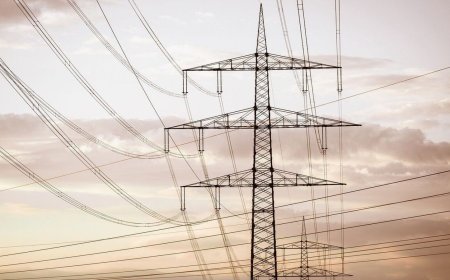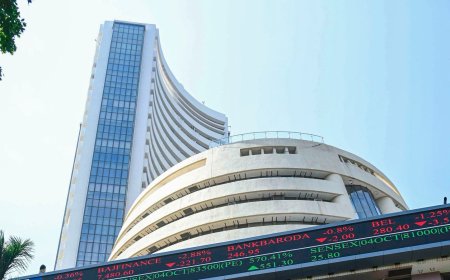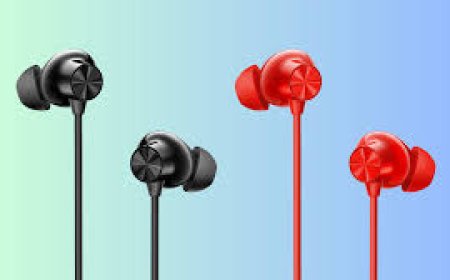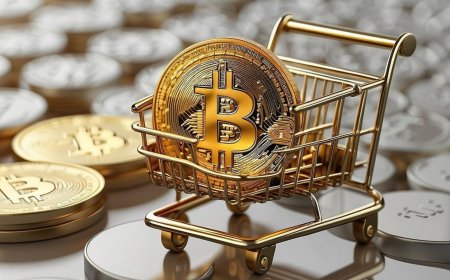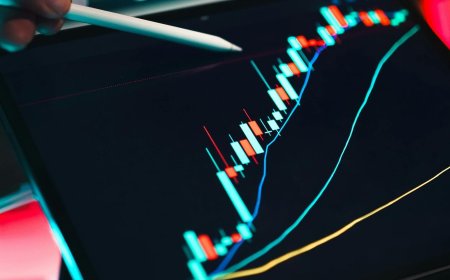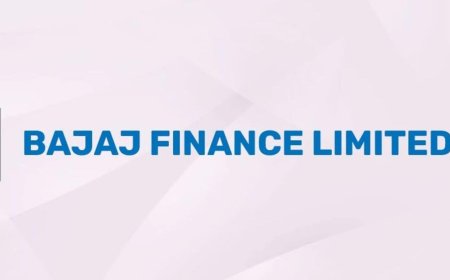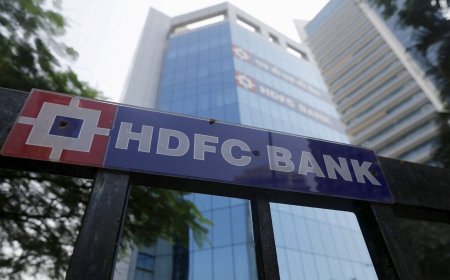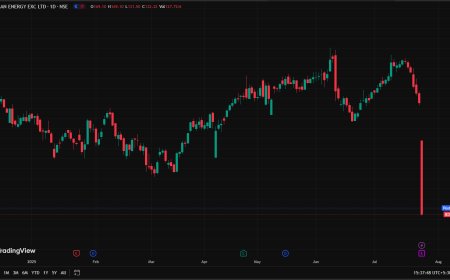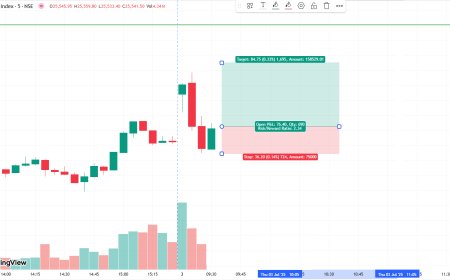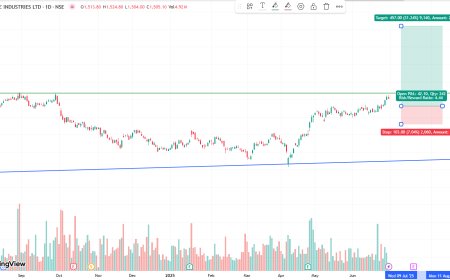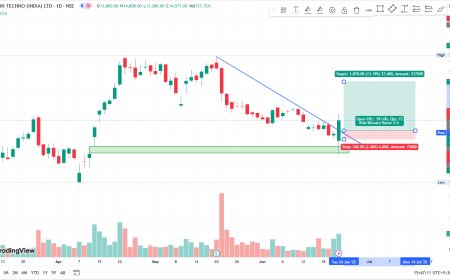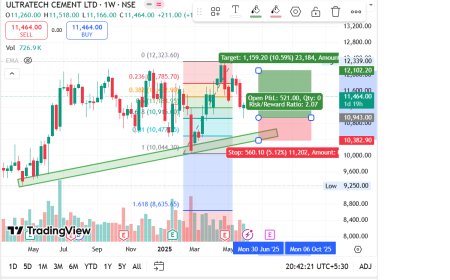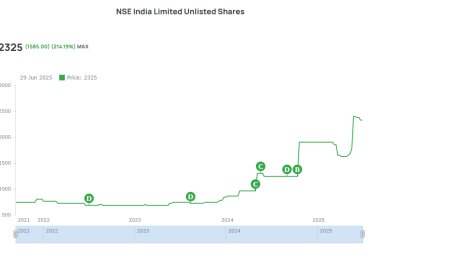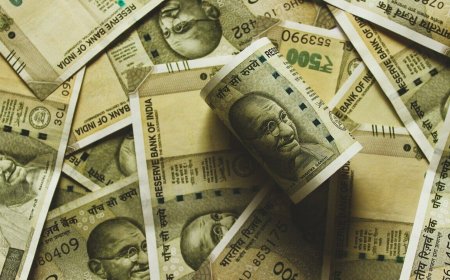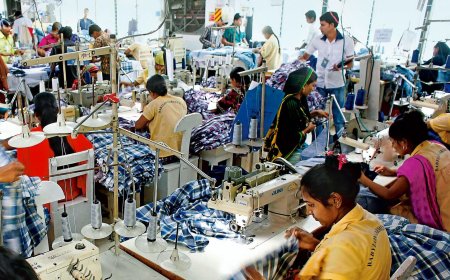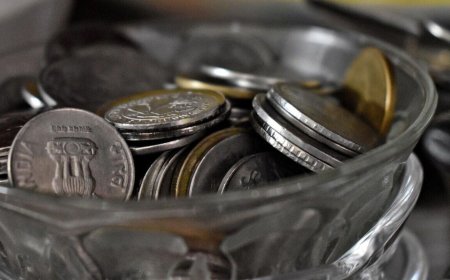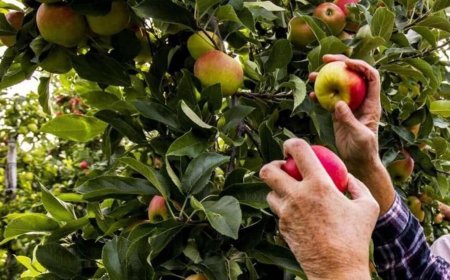U.S. Judge Approves Settlement Allowing NCAA Schools to Pay Athletes
In a groundbreaking ruling, a federal judge approves a $2.8 billion NCAA settlement, allowing colleges to directly pay student-athletes. Discover the full story, legal impact, and market outlook.

A landmark legal decision reshapes the college sports landscape, opening new avenues for athlete compensation.
Washington, D.C., June 7, 2025 — In a historic development set to transform collegiate athletics, a U.S. federal judge has approved a sweeping settlement that will allow NCAA member schools to directly pay student-athletes. The move marks a decisive departure from the NCAA’s century-long model of amateurism and paves the way for athletes to share in the billions of dollars generated annually by college sports.
Judge Approves $2.8 Billion Settlement
The settlement, worth approximately $2.8 billion, stems from a class-action antitrust lawsuit known as House v. NCAA, which accused the NCAA and its conferences of illegally restricting athletes from earning compensation for their name, image, and likeness (NIL). U.S. District Judge Claudia Wilken, who has presided over previous NCAA-related antitrust cases, approved the terms on Thursday, calling the agreement “fair, reasonable, and adequate.”
"This ruling is not only a victory for current and former athletes but also a pivotal step in aligning collegiate sports with 21st-century economic realities," Wilken wrote in her judgment.
Under the deal, member schools will be allowed—but not required—to begin direct revenue-sharing with athletes starting in the 2025-26 academic year. The settlement also includes retroactive payments to former athletes who played before NIL rules were introduced in 2021.
Historic Shift in NCAA Policy
For decades, the NCAA maintained a strict amateurism policy that barred athletes from receiving compensation beyond scholarships and basic cost-of-living stipends. However, growing legal pressure, state laws, and changes in public opinion have eroded that foundation.
“This is the culmination of years of legal and public scrutiny on a deeply flawed system,” said Gabe Feldman, director of the Tulane Sports Law Program. “The ruling essentially confirms that college athletes are workers entitled to share in the profits they help generate.”
NCAA President Charlie Baker acknowledged the ruling while emphasizing the need for federal legislation to provide a uniform framework. “We remain committed to protecting the college model, but we also recognize the changing dynamics and will work with Congress to ensure fair and equitable systems for all schools and athletes.”
Market Context and Financial Implications
The decision will have far-reaching implications not only for athletes and universities but also for media companies, apparel sponsors, and investors in the broader sports and education ecosystem.
Wall Street responded cautiously but positively. Shares of companies with college sports broadcasting rights, such as Disney (owner of ESPN) and Fox Corporation, edged higher in Friday trading, as analysts predicted a surge in fan engagement and new monetization models.
“This will increase talent retention in college sports and improve game quality, which is great for ratings and advertising revenue,” said Daniel Greenspan, a sports media analyst at Morningstar. “It could also spur new digital platforms and NIL-focused marketing startups.”
Athletic departments are now reassessing budgets, forecasting that some of the top schools could distribute between $15 million and $25 million annually to athletes across all sports.
Reactions from Universities and Athletes
Several major universities welcomed the ruling, framing it as a progressive step toward athlete welfare. Ohio State Athletic Director Gene Smith said, “We’re already planning for structured revenue-sharing programs that prioritize fairness and academic continuity.”
On the athlete side, there’s cautious optimism. “This is bigger than NIL—it’s about recognition,” said Kayla Moore, a star basketball player at the University of South Carolina. “We dedicate our lives to this sport, and now we’re finally getting what we deserve.”
However, some smaller schools expressed concern about financial sustainability and maintaining competitive balance. “This creates a chasm between large and mid-tier programs,” warned the athletic director of a mid-major university who requested anonymity.
Investor Outlook and Strategic Shifts
For investors, the decision may signal a growing maturity and professionalization of the college sports market, with increased transparency and structured partnerships.
“Expect increased activity in athlete branding, sports tech, and data analytics startups,” said Rachel Kim, managing partner at Elevate Sports Capital. “Athletes will become high-value digital assets with clear performance metrics and audience engagement capabilities.”
Private equity firms are also exploring investments in companies that facilitate athlete compensation, such as NIL agencies, training platforms, and even athlete-focused financial advisory services.
Additionally, legal analysts predict that the settlement could open the door to future collective bargaining, effectively unionizing athletes and solidifying their employee status under labor law.
A New Era for College Athletics
With this ruling, college sports stand on the threshold of a new economic era. No longer bound solely by the principles of amateurism, student-athletes now have a more defined path toward financial independence—one that mirrors their immense value to universities and commercial partners alike.
As the NCAA and its members chart this new course, the focus will inevitably shift to implementation—how schools pay athletes, how equality is maintained across sports and genders, and how regulations evolve.
“This is not the end of the debate,” Feldman noted. “But it is a dramatic shift in how we think about student-athletes—not just as students, but as partners in a multibillion-dollar enterprise.”
What's Your Reaction?
 Like
0
Like
0
 Dislike
0
Dislike
0
 Love
0
Love
0
 Funny
0
Funny
0
 Angry
0
Angry
0
 Sad
0
Sad
0
 Wow
0
Wow
0


